
-
Find the right food for your petTake this quiz to see which food may be the best for your furry friend.Find the right food for your petTake this quiz to see which food may be the best for your furry friend.Health CategoryFeatured products
 Adult Sensitive Stomach & Skin Large Breed
Adult Sensitive Stomach & Skin Large BreedHill's Science Diet Sensitive Stomach & Skin Large Breed dry dog food is gentle on stomachs while nourishing skin & promoting a lustrous coat. In a delicious large bite size for large breed dogs.
Shop Now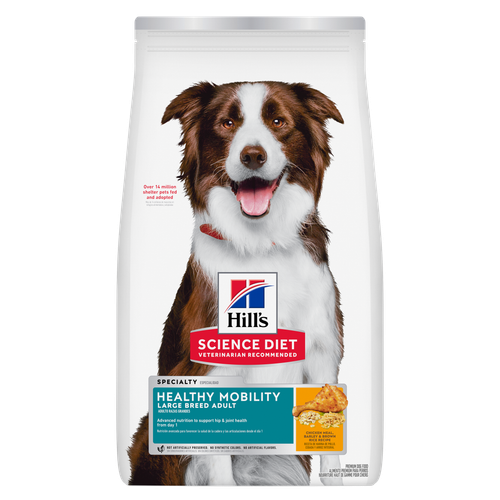 Healthy Mobility Large Breed Chicken Meal, Barley & Brown Rice Recipe Dog Food
Healthy Mobility Large Breed Chicken Meal, Barley & Brown Rice Recipe Dog FoodAdvanced nutrition shown to support joint health and improve mobility
Shop Now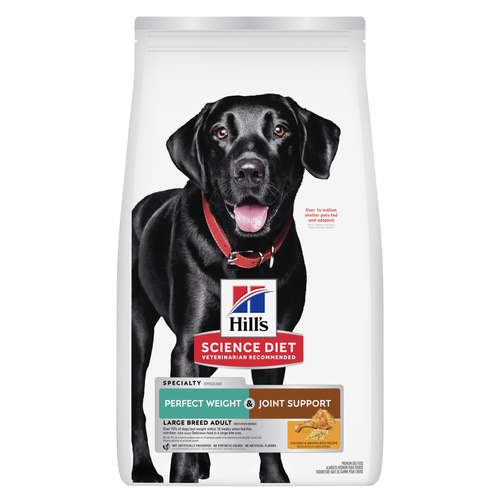 Perfect Weight & Joint Support Large Breed Chicken & Brown Rice Recipe Dog Food
Perfect Weight & Joint Support Large Breed Chicken & Brown Rice Recipe Dog FoodThis weight management and mobility support dog food was created with Hill’s unique understanding of the biology of overweight dogs
Shop NowFeatured products Adult Salmon & Brown Rice Recipe Cat Food
Adult Salmon & Brown Rice Recipe Cat FoodSupports lean muscle and beautiful fur for adult cats
Shop Now Adult 11+ Indoor Chicken Recipe Cat Food
Adult 11+ Indoor Chicken Recipe Cat FoodSupports brain health and beautiful fur in mature indoor cats
Shop Now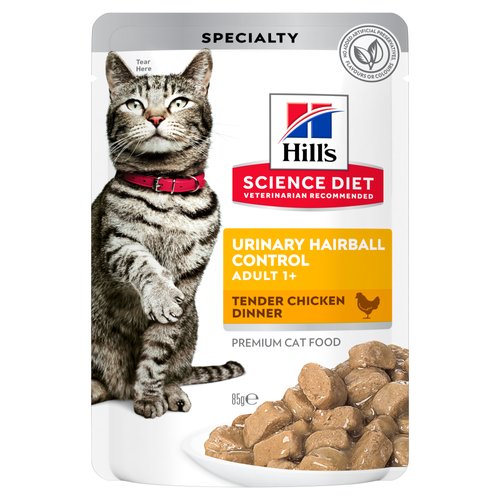 Adult Urinary Hairball Control Tender Chicken Dinner Cat Food
Adult Urinary Hairball Control Tender Chicken Dinner Cat FoodPrecisely balanced nutrition to support urinary health from kidney to bladder. With natural fibre technology to help reduce hairballs.
Shop Now -
DogCat
- Cat Tips & Articles
-
Health Category
- Weight
- Skin & Food Sensitivities
- Urinary
- Digestive
- Kidney
- Dental
- Serious Illness
-
Life Stage
- Kitten Nutrition
- Adult Nutrition
Featured articles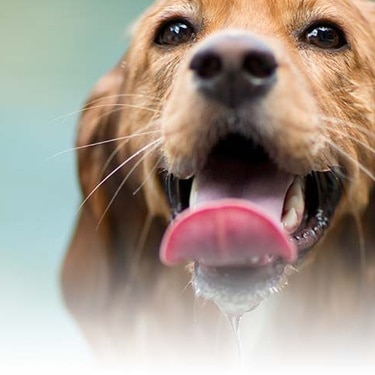 Water
WaterWater is the most important nutrient of all and essential for life. Animals can lose almost all their fat and half their protein and still survive, but if they lose 15% of their water, it will mean death.
Read More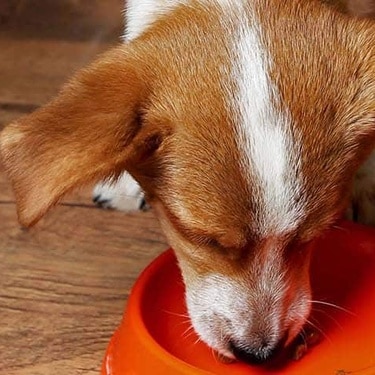 The Right Diet For Your Pet
The Right Diet For Your PetLearn what to look for in healthy pet food & nutrition, including ingredients, quality of the manufacturer, your pet's age, and any special needs they have.
Read More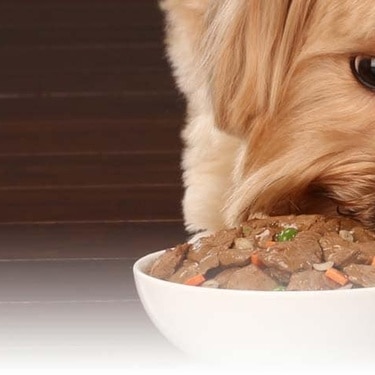 Pet Food Storage Tips
Pet Food Storage TipsWhere you store your cat and dog food can make a big difference in the quality and freshness once it is opened. Here are some common questions and recommendations for optimal storage for all of Hill’s dry and canned cat and dog food.
Read More -


Cats are known for their night vision, unmatched jumping abilities and even nine lives, but what cat food tastes like to cats is not as well documented.
Scientists do know feline taste buds are far less complex than our own, and that's likely rooted in evolution. According to Scientific American, cats are the only mammals that lack taste receptors for sweetness. They do seem to have taste receptors for sour, bitter, salty, umami (savoriness) and possibly fat along with a taste for something we don't have: adenosine triphosphate (ATP). While researchers don't entirely understand this taste profile, ATP seems to be a signal for meat as it is the compound that supplies the energy in every living cell.
But how exactly do we know what cat food tastes like to cats and if they even like it? With wet vs. dry cat food, tuna vs. chicken, gravy vs. sauce and all the other choices out there, let's dig into the different types of cat food options and some of your cat's potential food preferences.
Types of Cat Food
There are three main categories of commercially available cat food, each in a variety of flavours:
Dry
According to Merck Veterinary Manual, dry foods make up the most popular type of commercially produced cat food in the U.S. and other countries. Also called kibble, these foods generally contain about 90% dry matter and 10% water. They are available in a variety of flavours and specialty formulations, such as indoor cat formula and hairball formula. Some dry foods are formulated to help prevent dental calculus accumulation.
Canned
Canned cat foods contain closer to 70%–80% water and 20%–30% dry matter. Wet cat food is safe to be refrigerated for up to three days but is not stable for long when left at room temperature. Because cats typically eat many times a day, instead of in one or two large meals, uneaten wet food is prone to forming a crust on the outermost parts as it dries up, decreasing both its palatability and convenience, as the dishes have to be repeatedly cleaned.
Soft-Moist or Semi-Moist
These types of cat food are what they sound like: softened kibble pieces that aren't dry and crumbly but also aren't wet and soggy like canned food. They often come in pouches, and their ratios of water to dry matter are 25%–40% to 60%–75% respectively. The advantage these have over wet food primarily is the convenience factor since they usually don't require refrigeration and their preservatives assure shelf life.


Tasty Tips
Food Preferences for Cats
- Flavours: While cat food flavours are available to suit even the most finicky of feline palates, from ocean fish and tuna to rabbit or chicken and beyond, the actual taste may matter less to cats than the food's nutrition. Food & Wine magazine cites a 2017 scientific study finding that, over time, cats seemed to initially select foods for flavour but then began to seek out the foods with an ideal protein-to-fat ratio regardless of flavour. Still, before purchasing any food in a large quantity, you might consider asking your veterinarian for samples or simply buy the smallest size product available to see how it goes with your own picky eater.
- Texture/Formulation: When it comes to wet vs. dry cat food, most cats seem to prefer softer wet options over dry or semi-moist kibble. It is very common for cats to not eat wet food that has been out all day and has started to dry up. Though it isn't entirely understood why cats think wet food is superior, it may be because it has stronger scents than dry food.
- Temperature: According to Cook's Illustrated, scientists have discovered that proteins in human taste buds are quite temperature-sensitive, performing far better at warm (but not too hot) temperatures. This means food seems far more palatable when it's heated. While this limited-topic study focuses just on humans, it may also apply to the feline world. When higher temperatures are applied to food — regardless of who's eating it — scent molecules are released and diffused, further increasing its appeal. If you decide to warm up your kitty's meal, only heat the food briefly and always check to ensure the temperature throughout is not too hot before serving it.
- Supplements and toppers: While liquid supplements or powder toppers have their place, especially when a feline is suffering from a chronic illness and reluctant to eat foods, it is generally best to avoid these food additives. Commercially available foods are already nutritionally balanced. Nutrient excesses are a common problem and can be as harmful as deficiencies. If you do want to use a food additive, it's a good idea to check with your vet first.
Questions to Ask Your Vet About Cat Food Preferences
There are several questions to ask your vet to help you pick the most appropriate food for your cat. Reviewing meal choices with your vet is a good habit to incorporate at each appointment, regardless of whether it's for wellness or illness. Here are some questions to consider asking your vet:
- Does my cat like the taste of their food?
- Do you have any specific food recommendations based on my cat's lifestyle or future health risks?
- Do you see any indication for a change in the kind of food my cat eats based on the exam or lab findings? (Annual exams and lab work are great tools to track trends in your cat's health, which allows vets to pick up on illnesses earlier.)
- Is my cat over- or underweight?
- Does my cat have any skin conditions? Dental concerns? Gastrointestinal or urinary problems? Food allergies?
All in all, there is no one-size-fits-all kind of food, texture or flavour for any of our cats and no single way to know exactly what cat food tastes like to cats. In addition to trying samples to identify your cat's individual food preferences, consult your vet for guidance on selecting the best cat food. The adage "you are what you eat" holds true with our feline family members as choosing the right food can help your cat live a longer and healthier life.


Dr. Laci Schaible is a small animal veterinarian, veterinary journalist, and a thought leader in the industry. She received her Doctor of Veterinary Medicine from Texas A&M University and her Masters in Legal Studies from Wake Forest University.
Related products

Precisely balanced nutrition for indoor cats with the delicious taste of savory minced chicken
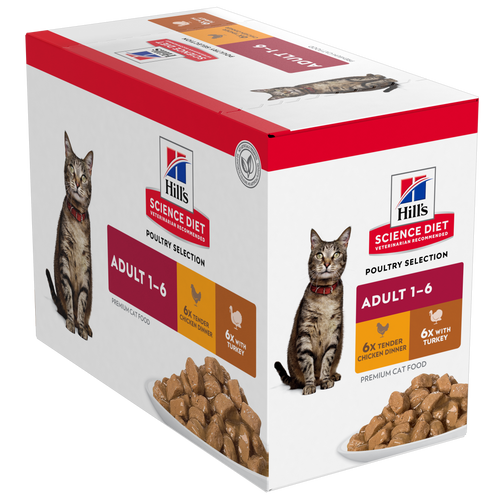
Precisely balanced nutrition in two delicous flavours to help fuel the energy needs of cats during the prime of their life

Precisely balanced nutrition with the delicious taste of minced salmon to help build immunity and a healthy digestive system

Over 70% of cats lost weight within 10 weeks when fed this nutrition
Related articles
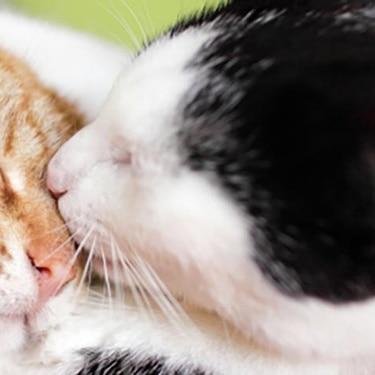
Being overweight puts a cat at risk for developing many serious health issues. Weight gain indicates an increase in body fat and usually results when your cat eats too much and exercises too little.

Get helpful information on proper feline oral healthcare and why it's so vital to take care of your cat's teeth.
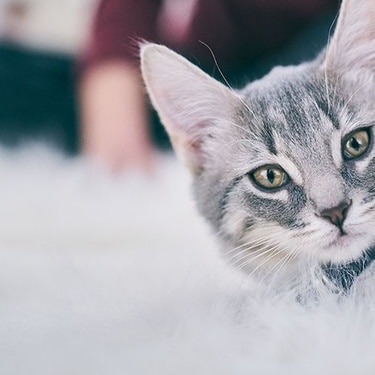
HillsPet Nutrition provides information on proper nutrition, fitness and special needs in keeping your cat healthy and happy.
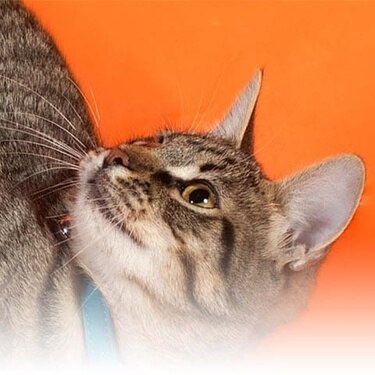
As a responsible pet owner you owe it to yourself and your cat to understand problems associated with overweight cats.
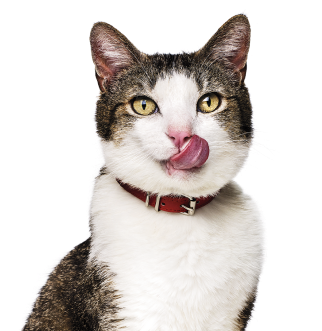
Put your cat on a diet without them knowing
Our low calorie formula helps you control your cat's weight. It's packed with high-quality protein for building lean muscles, and made with purposeful ingredients for a flavorful, nutritious meal. Clinically proven antioxidants, Vitamin C+E, help promote a healthy immune system.
Put your cat on a diet without them knowing
Our low calorie formula helps you control your cat's weight. It's packed with high-quality protein for building lean muscles, and made with purposeful ingredients for a flavorful, nutritious meal. Clinically proven antioxidants, Vitamin C+E, help promote a healthy immune system.

